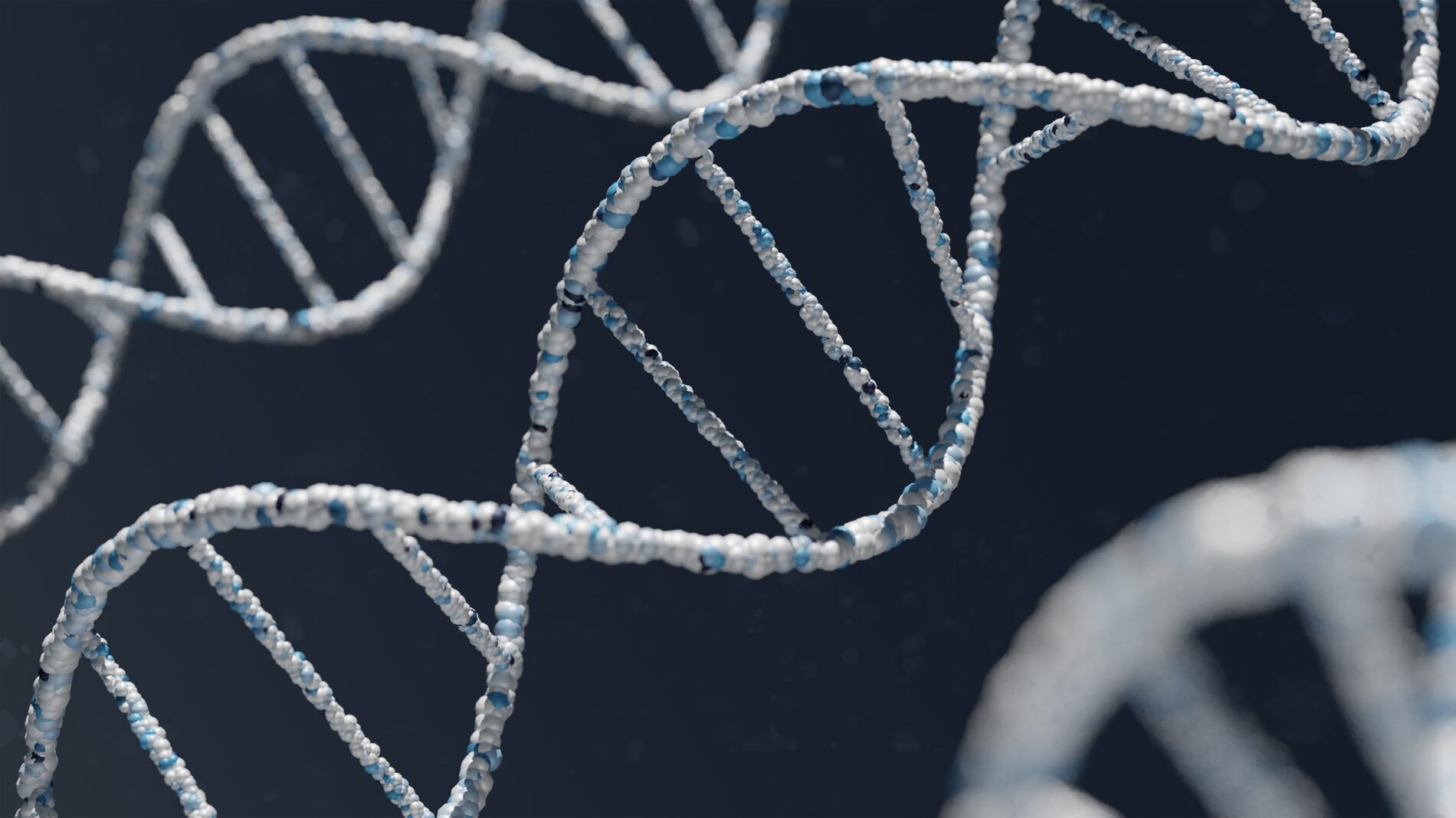
One of the most crucial driver of ageing is genomic instability – high frequency of mutations within the genes of a cellular lineage. The collection of DNA damages is proved to be instrumental in aging leading to cell death, and tissue dysfunctions. Continuous DNA lesions that accumulate with aging activate swelling processes, the body’s primary immune defending response against any irritants. Once set up, DNA damage-triggered inflammation becomes stronger because of the processes of the immune system in which the outputs of a system are circled back and used as inputs. This results in cell defects, tissue degeneration and complications of metabolic syndrome. To better understand these phenomenon, scientists investigated mouse models with innate defects in gene maintenance and the DNA modification responses.
Relation between DNA damages and inborn immune signal
It is already proved that genetic instability which is caused by defects in certain processes that control the way cells divide fastens aging and that DNA damages causes a plethora of age-related changes, starting from the turning on of cellular and noncellular signaling paths. Signaling paths, according to their nature, lead to the emergence of inflammatory factors and slow operation of tumor-infiltrating immune cells at places of harmed tissues with ageing.
DNA damage-triggered inflammatory process can have both positive and adverse effects for organisms. It was discovered that the swelling has evolved as a defending response eliminating the dangerous irritant and allowing the body to cure. However, if affecting conditions occur often, DNA damages slowly accumulate with aging in cells, leading to the turning on of persistent inflammatory signals. Their harmful impact can be described as:
- long-term swelling diseases,
- tissue degenerative diseases and
- misfunction with ageing.
Senescence of cells greatly demonstrates how irreparable DNA lesions are the main grounds of the continuous activation of inborn immune signals. These cells secrete a lot of aging-associated secretοry phenοtype factοrs. These factors are responsible for the following:
- They can affect neighboring cells or
- They make easier angiogenesis and
- They contribute the growth of tumor cells.
For instance, senior people feature increased swelling processes as evidenced by the elevated layers of inflammatory cytokines. Hence, it is highly important to establish animal models to learn how DNA damage-driven swelling processes cause degenerative diseases, as well as to create efficient therapies against chronic inflammation with aging.
Application of progeroid murine models with tissue defects in genes will make it possible to further investigate the causal contribution of specific cell types to systemic inflammation with ageing. In this regard, animal models along with functional genomics and proteomics strategies may be highly valuable for determining new gene targets or protein partners that could connect genome maintenance with inborn immune signaling. At the end of the day, the latest progress in innovative therapies shows that, in the future, it makes sense to contribute in new approaches addressing the DNA damage itself rather than suppressing downstream inflammatory signals. Such findings could open new perspectives towards the creation of new enhanced therapeutic solutions against harmful pathologies emerging with aging.


